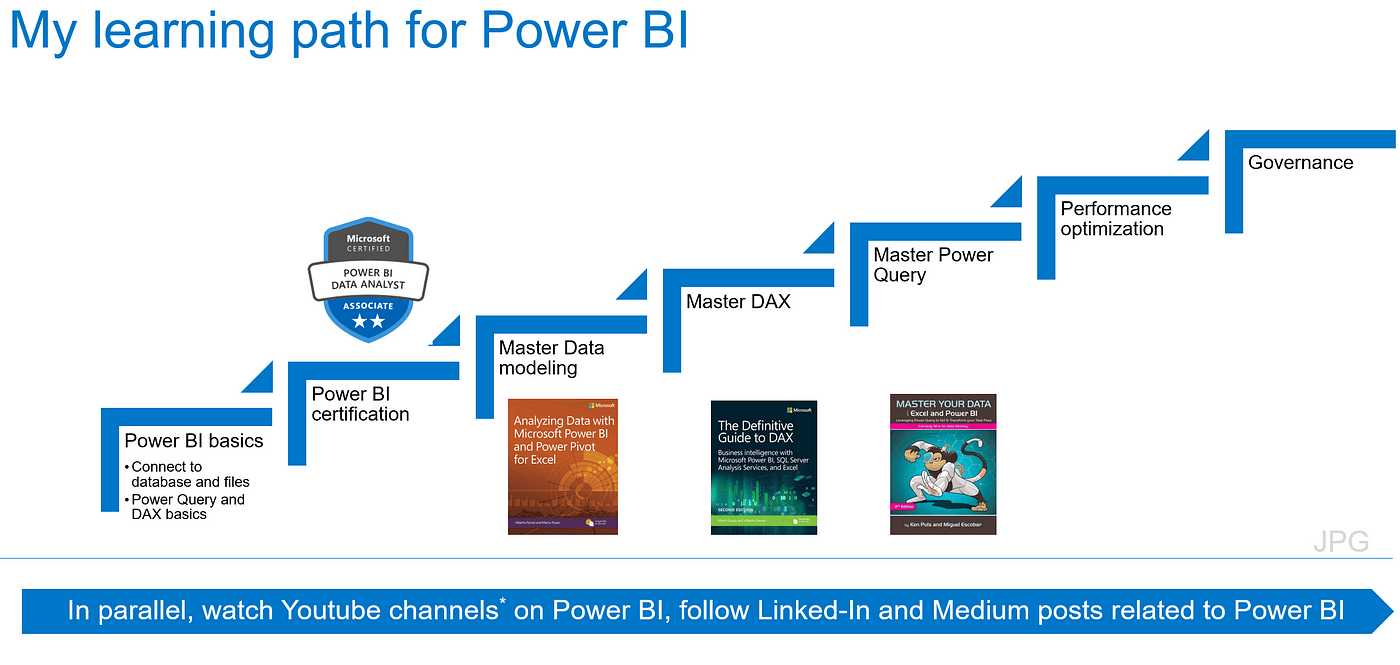The question of “How difficult is it to learn Power BI?” is a common one for individuals and businesses looking to leverage data visualization and analysis․ The answer, like with any new skill, is multifaceted and depends on several factors including your existing technical background, your familiarity with data concepts, and the amount of time you dedicate to learning․ However, Power BI is designed with user-friendliness in mind, offering a relatively intuitive interface and plenty of resources to help beginners get started․ Ultimately, the perceived difficulty will vary from person to person․
Factors Influencing the Learning Curve
Several elements contribute to the overall ease or difficulty of learning Power BI:
- Prior Experience with Data Analysis: Individuals with existing knowledge of data analysis concepts like data modeling, ETL processes (Extract, Transform, Load), and DAX (Data Analysis Expressions) will likely find the transition to Power BI smoother․
- Technical Background: Familiarity with database concepts, SQL, and programming languages can be beneficial, although not strictly required․
- Learning Resources: Access to quality tutorials, online courses, and documentation significantly impacts the learning process․
- Time Commitment: Dedicating sufficient time for practice and experimentation is crucial for mastering Power BI․ Consistent, focused effort will yield faster results․
- Specific Goals: The complexity of your desired outcomes will influence the learning curve․ Basic report creation is simpler than building complex data models or implementing advanced analytics․
Breaking Down the Power BI Learning Journey
The Power BI learning process can be broken down into several key areas:
1․ Data Connectivity and Transformation
Power BI can connect to a wide range of data sources, from simple Excel spreadsheets to complex databases and cloud services․ Learning how to connect to these sources and transform the data into a usable format is a fundamental skill․ This involves using Power Query, Power BI’s built-in ETL tool․
2․ Data Modeling
Creating relationships between different tables of data is crucial for building accurate and insightful reports․ Understanding data modeling concepts and best practices is essential․
3․ Visualizations and Reporting
Power BI offers a rich library of visualizations, allowing you to create compelling and interactive reports․ Learning how to choose the right visualization for your data and customize it effectively is key․
4․ DAX (Data Analysis Expressions)
DAX is a formula language used in Power BI for creating calculated columns, measures, and tables․ While not always necessary for basic reporting, DAX is essential for performing more complex calculations and analysis․
5․ Power BI Service and Collaboration
The Power BI Service allows you to publish and share your reports with others․ Understanding how to use the service for collaboration and data governance is important for enterprise deployments․
Comparison: Power BI vs․ Other Data Visualization Tools
| Feature | Power BI | Tableau | Excel |
|---|---|---|---|
| Ease of Use (Beginner) | Relatively Easy | Moderate | Easy (Basic Charts) |
| Data Connectivity | Extensive | Extensive | Limited |
| Advanced Analytics | Good (DAX) | Very Good | Limited |
| Collaboration | Excellent (Power BI Service) | Good (Tableau Server/Online) | Limited |
| Cost | Affordable (Free/Pro/Premium) | More Expensive | Included with Microsoft Office |

